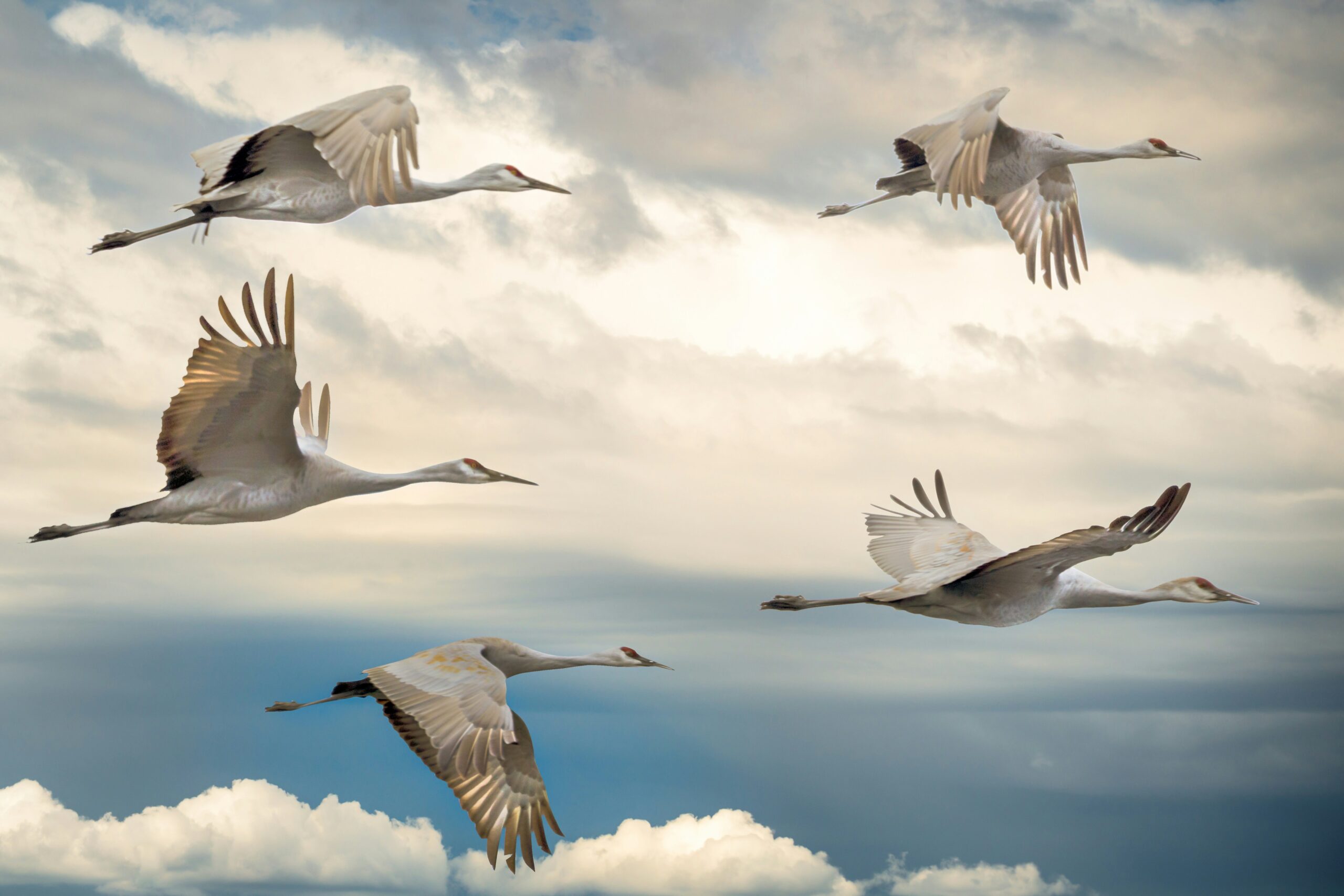In the vast plains of East Africa, one of the most breathtaking and awe-inspiring spectacles of the natural world unfolds—the Great Migration. This annual journey, often described as the greatest wildlife show on Earth, sees millions of animals traverse hundreds of miles in search of food and water, creating a stirring tableau of survival and resilience.
At the heart of the Great Migration are the wildebeest, but they are not alone. Accompanying them are hundreds of thousands of zebras, gazelles, and other herbivores, all driven by the instinctual need to follow the rains and graze on the lush grasslands that sustain them. This mass movement of animals is a testament to the interconnectedness of ecosystems and the delicate balance of life in the wild.
The journey begins in the Serengeti plains of Tanzania, where the herds gather in anticipation of the annual rains. As the dry season draws to a close, the first rumblings of thunder signal the arrival of the long-awaited precipitation. With a sense of urgency, the animals set off in a synchronized march, their hooves kicking up clouds of dust as they traverse the open savannah.
The migration is not without its challenges. Along the way, the herds must navigate treacherous river crossings, where crocodiles lurk in the murky waters, ready to seize any animal that strays too close. Lions, leopards, and other predators lie in wait, their keen senses attuned to the movements of their prey. Yet, despite the constant threat of danger, the animals press on, driven by an instinctual force that transcends fear.
For many, witnessing the Great Migration is a once-in-a-lifetime experience. Safari-goers from around the world flock to East Africa to witness this epic odyssey firsthand, hoping to catch a glimpse of nature’s raw power and beauty. From the vantage point of a hot air balloon or a safari vehicle, visitors can watch in awe as the endless stream of animals stretches as far as the eye can see, a living, breathing testament to the wonders of the natural world.
But the Great Migration is more than just a spectacle for tourists—it is a vital lifeline for the ecosystems of East Africa. The constant movement of the herds helps to fertilize the soil, promoting the growth of new grass and sustaining a diverse array of plant and animal life. In this way, the migration plays a crucial role in maintaining the delicate balance of the savannah ecosystem, ensuring its continued health and vitality for generations to come.
As the seasons change and the rains recede, the herds begin their long journey back to the Serengeti, completing the circle of life that has been repeated for countless generations. The Great Migration is a testament to the resilience of nature and the enduring power of instinct, reminding us of the incredible feats that can be achieved when animals work together in harmony with their environment.
In a world that is increasingly dominated by human activity, the Great Migration stands as a poignant reminder of the importance of preserving and protecting our planet’s natural wonders. It is a testament to the enduring power of the wild and a testament to the boundless beauty and complexity of the natural world.
